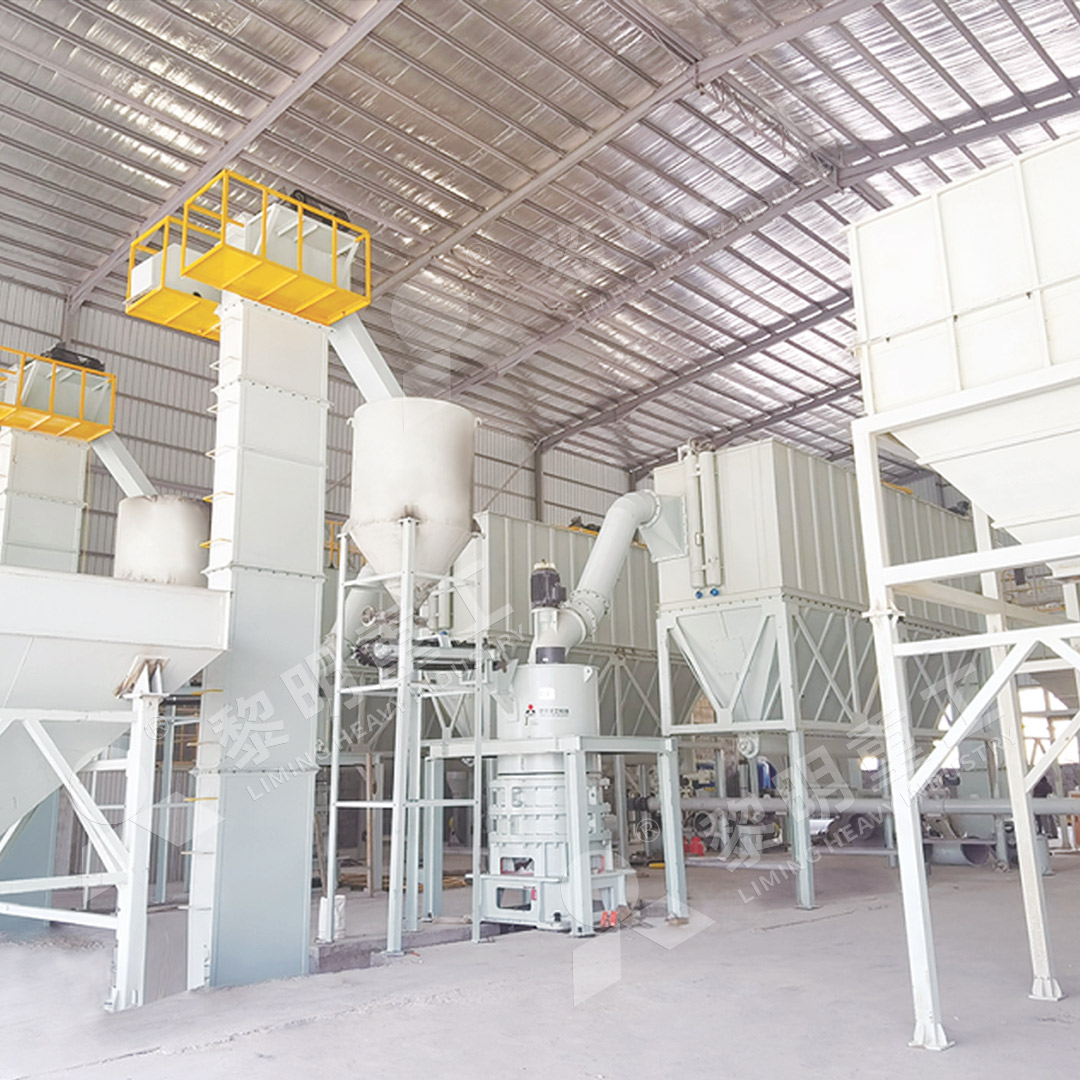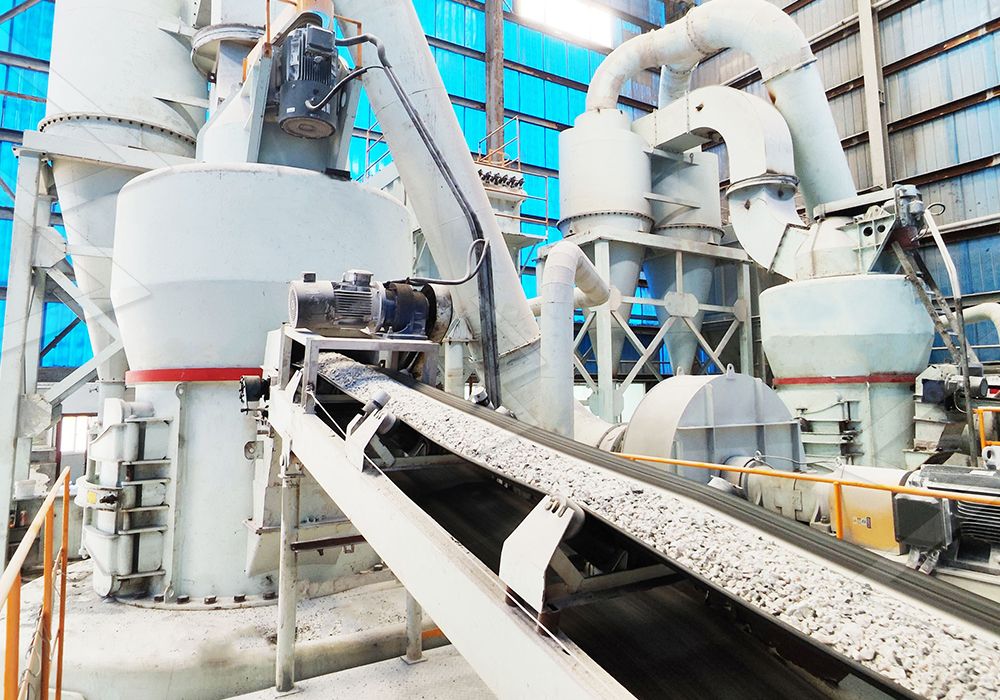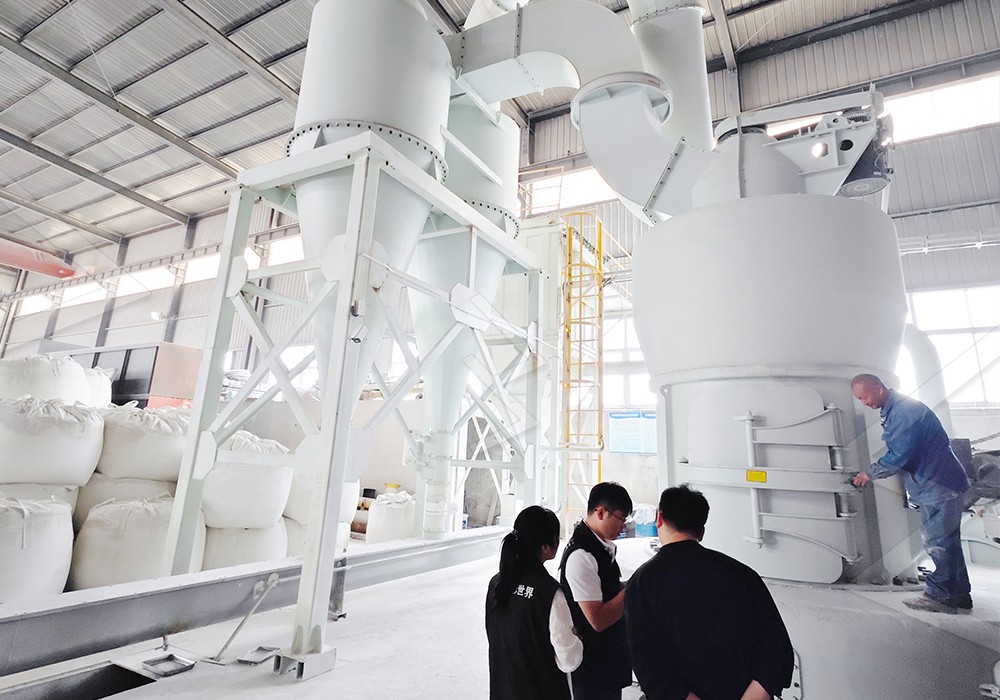High-Performance Grinding Mill for Artificial Stone Production
High-Performance Grinding Mill for Artificial Stone Production
The artificial stone industry demands precision, consistency, and efficiency in powder processing to achieve the desired material properties and aesthetic qualities. High-performance grinding mills have become indispensable in this sector, transforming raw minerals into ultra-fine powders that form the backbone of engineered stone products. These advanced milling solutions must deliver exceptional fineness control, operational reliability, and environmental compliance to meet the stringent requirements of modern manufacturing facilities.

When selecting grinding equipment for artificial stone production, manufacturers must consider multiple factors including material hardness, desired particle size distribution, production capacity, and energy efficiency. The grinding process directly impacts the binding characteristics, color consistency, and structural integrity of the final engineered stone products. This has led to increased adoption of specialized milling technologies that can handle the unique challenges posed by artificial stone raw materials.
Advanced Grinding Technology for Superior Results
Modern grinding mills incorporate sophisticated engineering features that address the specific needs of artificial stone manufacturers. The ability to produce powders with consistent particle size distribution between 325-2500 meshes is particularly crucial for achieving uniform texture and optimal resin absorption in quartz surfaces and other engineered stone applications. Furthermore, eco-friendly operation has become a non-negotiable requirement, necessitating integrated dust collection and noise reduction systems.
Among the available solutions, the MW Ultrafine Grinding Mill stands out for artificial stone production applications. This advanced mill processes materials with input sizes up to 20 mm and delivers capacities ranging from 0.5 to 25 tons per hour. Its innovative design eliminates rolling bearings and screws within the grinding chamber, significantly reducing maintenance concerns and potential contamination risks—a critical consideration for high-value artificial stone manufacturing.
Key Considerations for Artificial Stone Powder Production
Producing the fine powders required for artificial stone involves more than just particle size reduction. The milling process must preserve material whiteness and purity, especially when working with quartz, marble, and other decorative aggregates. Iron contamination from mechanical wear can compromise the visual appeal of the final product, making equipment selection paramount.

The MW Ultrafine Grinding Mill addresses these concerns through its German-designed cage-type powder selector, which enables precise fineness adjustment while maintaining high screening efficiency. With the capability to achieve d97≤5μm in a single pass, this technology ensures consistent powder quality batch after batch. The integrated pulse dust collector and muffler system further guarantees that the production environment remains clean and compliant with international environmental standards.
Operational Efficiency and Sustainability
Beyond product quality, artificial stone manufacturers must prioritize operational efficiency to remain competitive. The MW Ultrafine Grinding Mill delivers 40% higher production capacity compared to jet grinding mills and double the output of traditional ball mills, while consuming only 30% of the energy required by jet milling systems. This combination of high yield and low energy consumption translates to significant cost savings over the equipment’s operational lifespan.
For operations requiring different specifications, the LUM Ultrafine Vertical Grinding Mill presents another excellent option, particularly suitable for smaller input sizes (0-10 mm) while maintaining substantial throughput (5-18 tph). Its unique roller shell and lining plate grinding curve design promotes efficient material layer formation, enhancing finished product whiteness and cleanliness—essential attributes for premium artificial stone surfaces.
Future Trends in Grinding Technology
The artificial stone industry continues to evolve, with manufacturers seeking ever-finer powders and more specialized material characteristics. Grinding mill technology is keeping pace through digitalization, with numerical control machining ensuring high precision for core components. Remote monitoring capabilities and automated control systems are becoming standard features, enabling manufacturers to optimize production parameters in real-time and maintain consistent quality across multiple production lines.

As sustainability requirements tighten, grinding mills with lower carbon footprints and reduced environmental impact will gain preference. The latest generation of equipment already demonstrates significant progress in this direction, with comprehensive dust management systems and energy-efficient designs that align with the artificial stone industry’s environmental commitments.
Frequently Asked Questions
What fineness range can be achieved with the MW Ultrafine Grinding Mill for artificial stone applications?
The MW Ultrafine Grinding Mill can produce powders with fineness adjustable between 325-2500 meshes, with screening rates achieving d97≤5μm in a single pass. This range covers all common requirements for artificial stone production.
How does the mill prevent contamination of the powder during grinding?
The absence of rolling bearings and screws in the grinding chamber eliminates common sources of contamination. Additionally, the external lubrication system ensures that lubricants never contact the grinding materials, preserving product purity.
What materials commonly used in artificial stone production can the MW mill process?
The mill effectively processes quartz, limestone, calcite, dolomite, barite, marble, talc, and other minerals typically used in engineered stone manufacturing. Its versatile design accommodates various material characteristics.
How does the energy consumption compare to traditional grinding methods?
The MW Ultrafine Grinding Mill consumes approximately 30% of the energy required by jet grinding mills and offers 40% higher capacity than jet mills while delivering twice the output of ball mills.
What environmental features are incorporated into the grinding system?
The system includes an efficient pulse dust collector that prevents dust pollution during operation, along with silencers and noise elimination rooms that reduce acoustic impact, ensuring full compliance with environmental standards.
